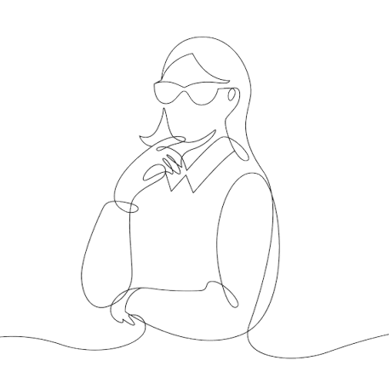Design Process
My UX design process is rooted in empathy, iteration, and clarity. I believe that the best digital experiences come from deeply understanding users’ needs and translating that understanding into purposeful, intuitive design.
I start by getting grounded in the problem space. Whether through stakeholder interviews, user surveys, competitive analysis, or reviewing existing data, I aim to uncover:
What users are trying to achieve
Pain points in the current experience (if one exists)
Business goals and technical constraints
Tools: User personas, journey maps, affinity mapping, problem statements
I take insights from discovery and work with stakeholders to define success metrics, key user tasks, and design requirements. This ensures alignment and helps keep the project grounded.
Deliverables: User stories, experience goals, feature prioritization
Understand the Problem
Empathy & Discovery
Once goals are clear, I explore multiple ideas—sketching rough concepts before jumping into wireframes. This stage is open, creative, and collaborative.
Approach: Crazy 8s, whiteboard sketches, mind maps, design jams
Define Clear Goals
Clarity & Alignment
Generate Ideas
Exploration & Flexibility
Craft Interactive Prototypes
Structure & Flow
I begin with low-to mid-fidelity wireframes to establish layout, hierarchy, and interaction flow. I iterate rapidly, moving into interactive prototypes to validate concepts early.
Tools: Axure, Figma, Sketch, Adobe XD
Speak to users
Test & Iterate
I value testing early and often. I run usability tests, A/B tests, or quick user feedback sessions to learn what’s working and what needs refining. Iteration is where good design becomes great design.
Focus: Task success, satisfaction, discoverability
Support Product Delivery
Handoff & Collaboration
I ensure clean, developer-ready designs with clear specs and documentation. I stay involved post-handoff to support implementation and adapt to any technical realities that arise.
Tools: Figma components, design systems, dev walk-throughs
Drive Iterative Improvement
Evaluate & Refine
After launch, I reflect on what worked and what didn’t—collecting metrics, reviewing feedback, and identifying areas to improve for the next iteration.
1
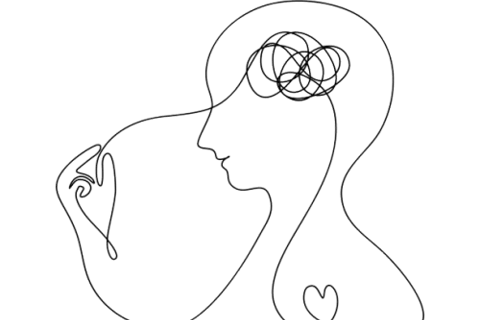

2


3


4
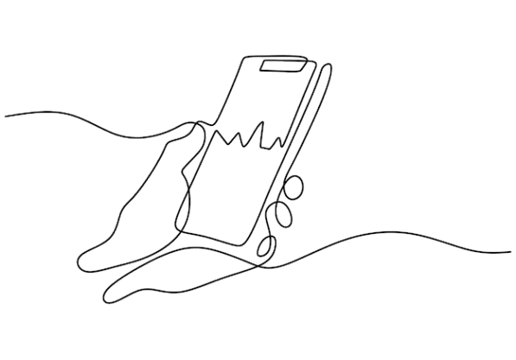

5
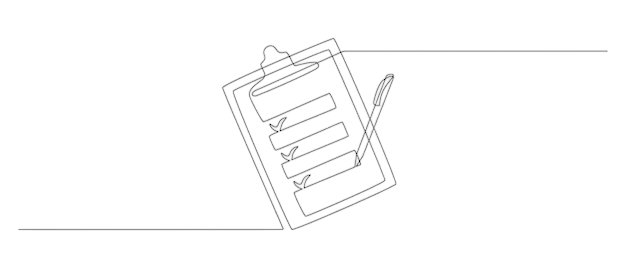

6
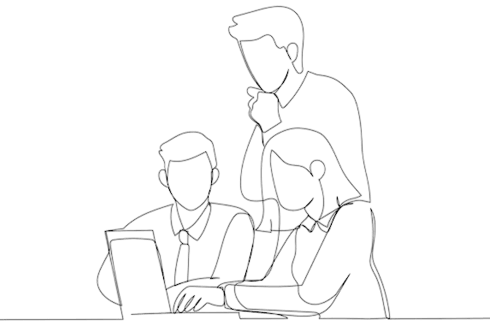

7
